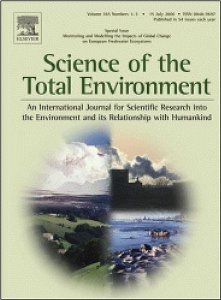Electromagnetic hypersensitivity: Fact or fiction?
Stephen J. Genuis a, Christopher T. Lipp b
a University of Alberta, Canada
b Faculty of Medicine at the University of Calgary, Canada
ARTICLE INFO
Article history:
Received 9 September 2011
Received in revised form 1 November 2011
Accepted 1 November 2011
Available online 5 December 2011
Keywords:
Cell phones
Electro-sensitivity
EHS
Electromagnetic radiation
Electromagnetic hypersensitivity
Sensitivity-related illness
Wireless
ABSTRACT
As the prevalence of wireless telecommunication escalates throughout the world, health professionals are faced with the challenge of patients who report symptoms they claim are connected with exposure to some frequencies of electromagnetic radiation (EMR). Some scientists and clinicians acknowledge the phenomenon of hypersensitivity to EMR resulting from common exposures such as wireless systems and electrical devices in the home or workplace; others suggest that electromagnetic hypersensitivity (EHS) is psychosomatic or fictitious. Various organizations including the World Health Organization as well as some nation states are carefully exploring this clinical phenomenon in order to better explain the rising prevalence of non-specific, multi-system, often debilitating symptoms associated with non-ionizing EMR exposure. As well as an assortment of physiological complaints, patients diagnosed with EHS also report profound social and personal challenges, impairing their ability to function normally in society. This paper offers a review of the sparse literature on this perplexing condition and a discussion of the controversy surrounding the legitimacy of the EHS diagnosis. Recommendations are provided to assist health professionals in caring for individuals complaining of EHS.
© 2011 Elsevier B.V. All rights reserved
Versione PDF scaricabile al seguente link:


